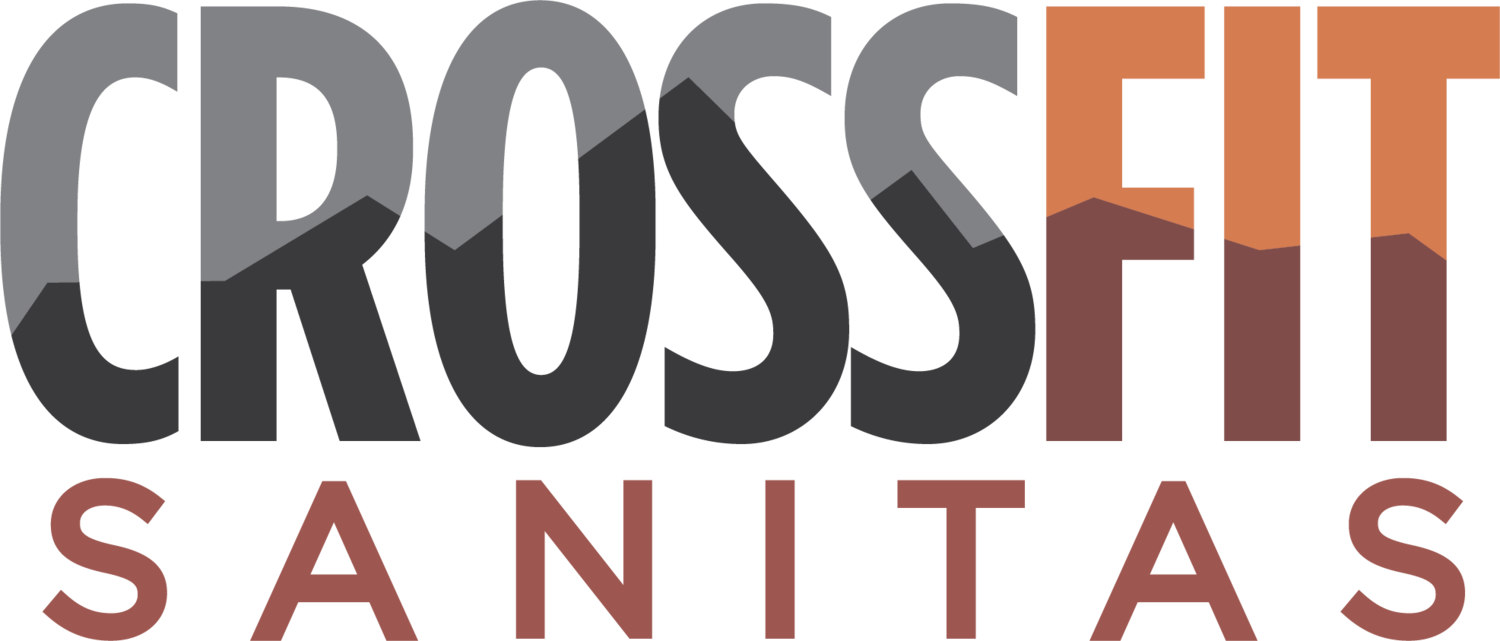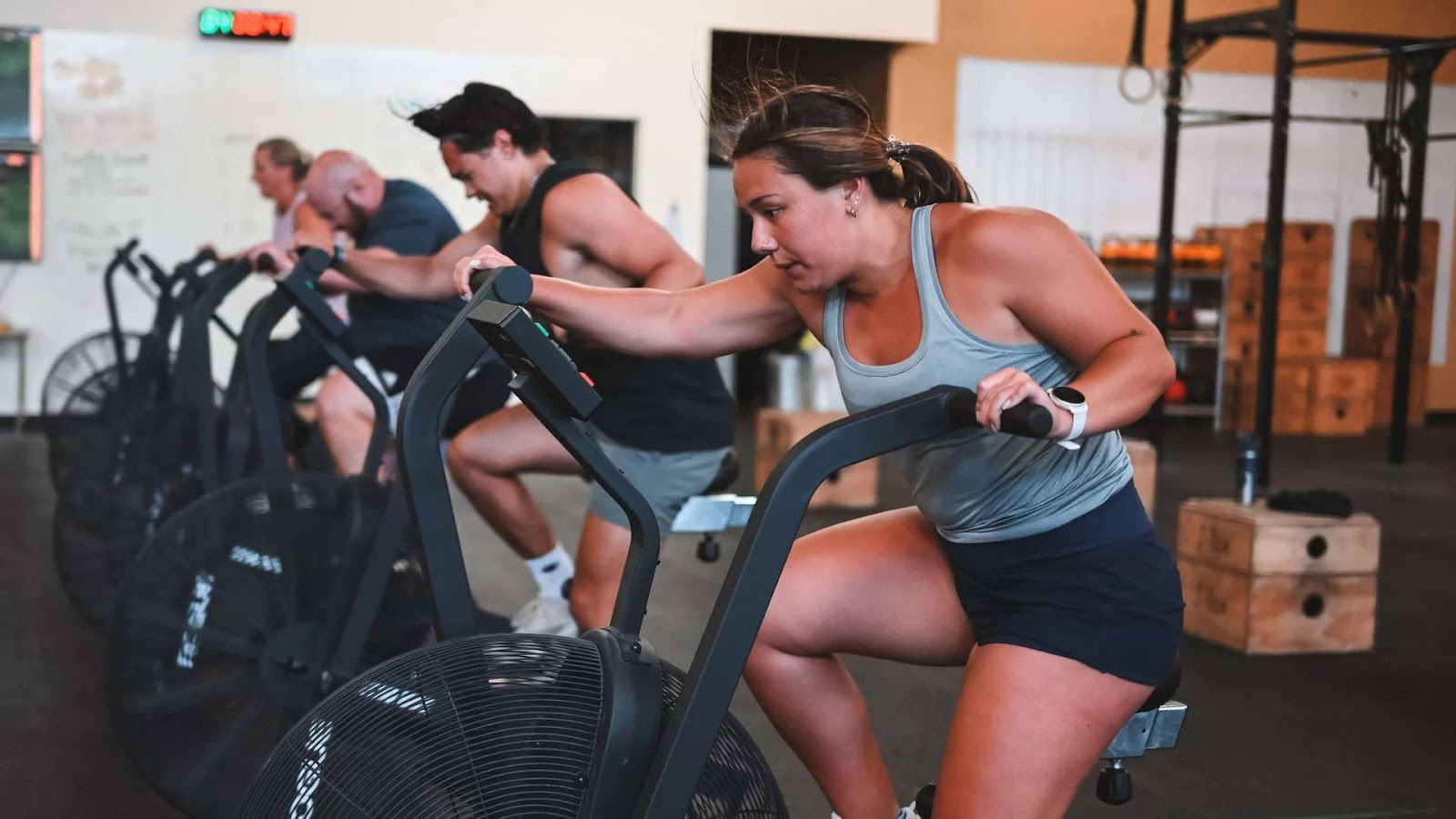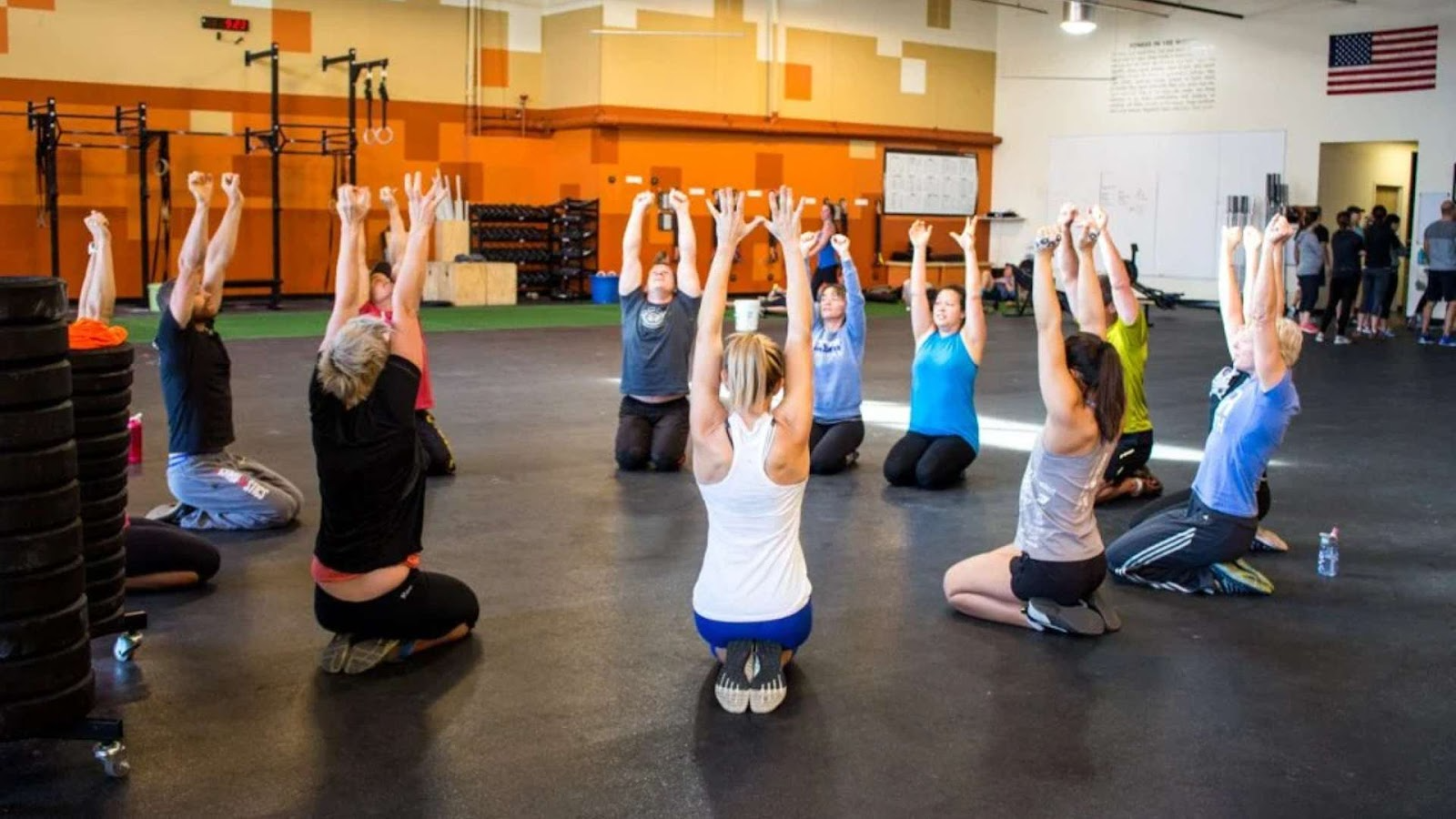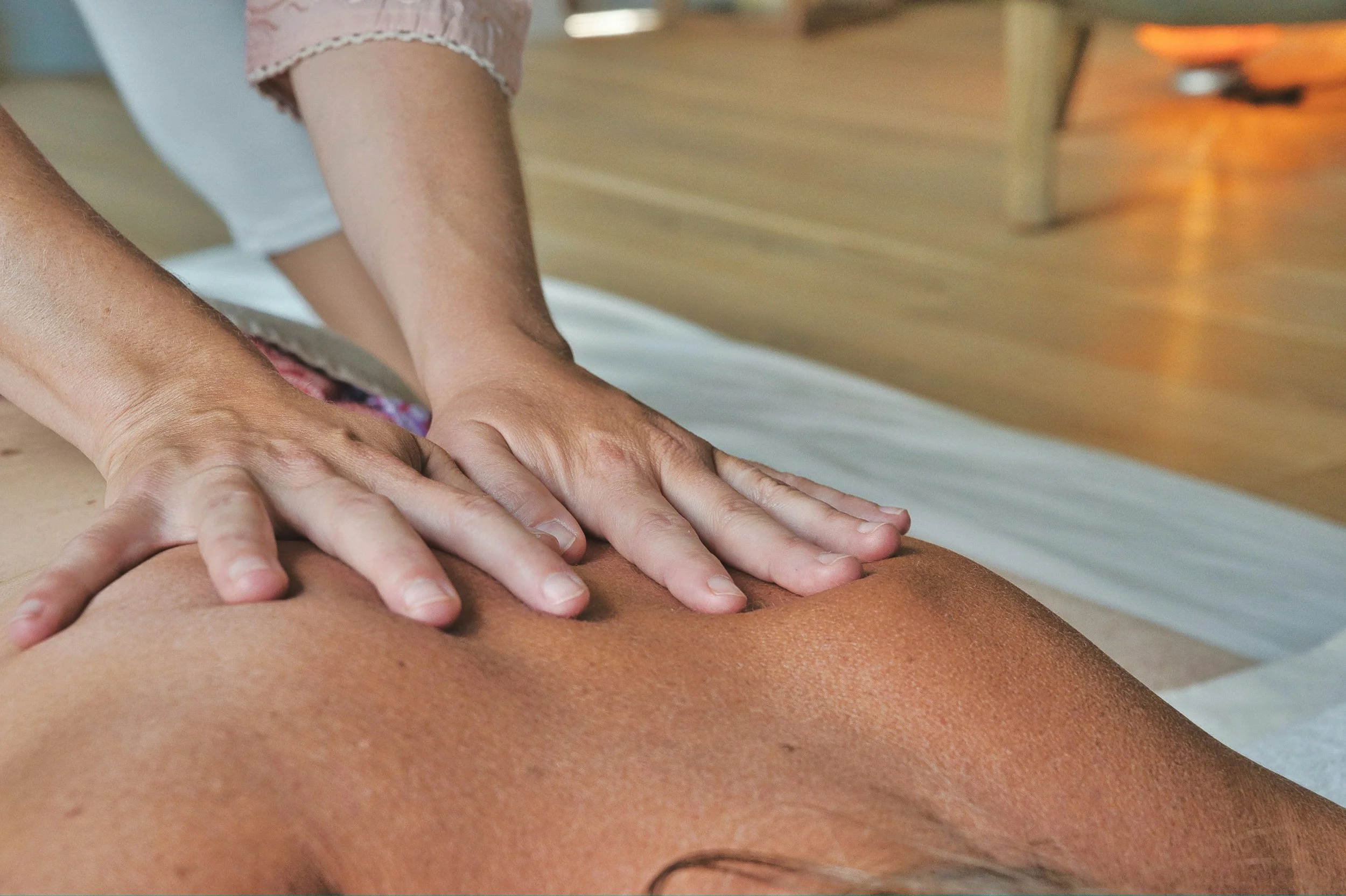How Do CrossFitters Recover So Quickly?
CrossFit athletes are known for their ability to push their limits and bounce back rapidly from intense workouts. Every day, we see members working hard, recovering smarter, and returning stronger at CrossFit Sanitas.
If you’re wondering how to recover from CrossFit soreness, the secret isn’t just rest. It’s a balanced combination of nutrition, hydration, mobility work, sleep optimization, and advanced recovery tools.
In this guide, we share the proven strategies, many of which we offer in-house, that help CrossFitters recover faster, train harder, and perform at their peak.
Why Recovery Is Crucial for CrossFitters
CrossFit’s high-intensity, functional movements place significant stress on muscles, joints, and the central nervous system. Recovery is essential for:
Muscle repair and growth after microtears from training.
Glycogen replenishment to restore energy for the next session.
Reducing inflammation caused by high-volume workouts.
Preventing overtraining syndrome, which can lead to fatigue, injury, or performance plateaus.
Our members often combine training with recovery-focused services like sports massage, cold plunge therapy, and sauna sessions to keep their bodies ready for the next WOD.
How to Recover from CrossFit Soreness
1. Strategic Post-Workout Nutrition
Protein for Muscle Repair
After a CrossFit workout, muscles are primed for repair. Consuming 20-40 grams of high-quality protein within 30–60 minutes helps initiate muscle protein synthesis. At CrossFit Sanitas, many athletes work with our nutrition coaches to develop personalized fueling plans tailored to strength, performance, or body composition goals. Popular choices include:
Whey protein shakes for rapid absorption.
Lean meats like chicken or turkey.
Plant-based proteins such as pea or hemp protein for those avoiding dairy.
Carbohydrates for Energy Restoration
Intense WODs (Workouts of the Day) deplete glycogen stores. A 2:1 or 3:1 ratio of carbs to protein post-workout helps refuel energy reserves. Sweet potatoes, rice, and fruits are ideal for replenishment without causing digestive distress.
Micronutrients and Antioxidants
Berries, leafy greens, and colorful vegetables supply vitamins, minerals, and antioxidants to combat oxidative stress and inflammation.
💡 Note: Whether you live in town or are just visiting, training at one of the best CrossFit gyms in Boulder gives you access to expert coaching, world-class facilities, and proven recovery methods. CrossFit Sanitas has been recognized year after year for delivering results, fostering community, and offering amenities like a cold plunge, sauna, and massage therapy to keep you performing at your best.
2. Hydration and Electrolyte Balance
CrossFit athletes often lose significant fluids and electrolytes through sweat. Rehydrating properly ensures optimal muscle function and reduces cramping.
Water intake should be consistent throughout the day, not just post-workout.
Electrolyte drinks with sodium, potassium, magnesium, and calcium help replace what’s lost during intense sessions.
Natural options like coconut water or homemade electrolyte mixes can be effective for daily training.
3. Mobility Work and Active Recovery
Foam Rolling and Myofascial Release
Self-myofascial release techniques improve blood flow to muscles and reduce stiffness. Spending 5–10 minutes foam rolling the major muscle groups used during the workout aids recovery and mobility.
Low-Intensity Active Recovery
Activities such as light rowing, cycling, or yoga increase circulation without adding excessive strain to the body. Active recovery days help flush metabolic waste and maintain movement patterns.
The recovery-based yoga classes at our gym are designed specifically for active people to help improve their mobility, flexibility, and body awareness while reducing stress and injury risk. It’s the perfect complement to strength and high-intensity training.
Dynamic Stretching
Post-workout stretching targeting hamstrings, quads, shoulders, and hips helps maintain flexibility and prevents injury over time.
4. Sleep Optimization for Maximum Recovery
Sleep is the body’s most powerful recovery tool. During deep sleep cycles, the body releases growth hormone, repairs tissues, and consolidates muscle memory.
7–9 hours of quality sleep per night is optimal for most athletes.
Keeping a consistent sleep schedule enhances hormonal balance.
Creating a cool, dark, and quiet environment supports deeper rest.
Avoiding screens and caffeine in the evening improves sleep quality.
Must-Read Guides for CrossFit Enthusiasts:
Is CrossFit Better Than a Normal Gym?
CrossFit for Beginners: What to Expect in Your First Class
8 mindset tips that get me through tough workouts
5. Cold and Heat Therapy
Cold Plunge or Ice Baths
Cold Plunge Sessions are great for recovery days or early mornings to help with increased circulation as the tissues heat back up after the rapid cooling from the cold plunge or are great as a contrast therapy session on rest days where we alternate 10-15 minutes in the Sauna with 3 minutes in the cold plunge.
Sauna Sessions
Heat exposure increases blood flow, supports cardiovascular health, and may help flush metabolic byproducts from training. Our infrared sauna pairs perfectly with the cold plunge for contrast therapy, helping athletes recover faster and feel revitalized for their next workout.
6. Supplements That Support Recovery
While whole foods should remain the foundation of an athlete’s diet, the right supplements can further enhance recovery efficiency. Through our nutrition coaching, athletes in Boulder get expert guidance on selecting supplements that align with their training goals. Whether they’re focused on building strength, boosting endurance, or improving overall health:
Branched-Chain Amino Acids (BCAAs) to reduce muscle breakdown.
Creatine Monohydrate to improve energy availability for repeated efforts.
Omega-3 fatty acids can help lower inflammation.
Magnesium aids muscle relaxation and prevents cramps.
7. Massage Therapy and Professional Bodywork
Deep tissue massage, sports massage, or even targeted trigger point therapy can help release tight muscles, improve range of motion, and support long-term joint health.
At CrossFit Sanitas, we offer in-house sports massage and physical therapy tailored for CrossFit athletes, helping them recover faster, prevent injuries, and stay ahead of muscle imbalances. Many members schedule weekly or biweekly sessions as part of their regular recovery routine.
8. Mindset and Stress Management
Recovery is not purely physical. Mental recovery is equally important for CrossFitters who train intensely. Many top CrossFit gyms, including CrossFit Sanitas, emphasize a holistic approach that supports both body and mind:
Mindfulness practices like meditation or breathwork help regulate the nervous system.
Maintaining a balanced training plan that cycles intensity prevents burnout.
Building a supportive community environment at the gym fosters motivation and reduces mental fatigue.
9. Structured Recovery Programming
Elite CrossFitters often follow periodized training programs that intentionally integrate recovery phases. CrossFit Sanitas designs both CrossFit group classes and personal training programs with recovery in mind, something that sets us apart from many other CrossFit gyms. This includes:
Deload weeks to reduce overall training volume and intensity.
Active rest days to stay moving without overtaxing the body.
Recovery benchmarks to monitor readiness, such as heart rate variability (HRV).
10. Role of Recovery in Longevity
Fast recovery is not just about the next workout. It’s about sustaining performance for years. Athletes who train at leading CrossFit gyms, like CrossFit Sanitas in Boulder, know that prioritizing recovery leads to:
Fewer injuries.
Greater training consistency.
Improved competition performance.
Long-term health benefits beyond the gym.
By combining scientifically proven recovery methods with consistent training discipline, CrossFitters can continue performing at their highest level for decades.
The ability of CrossFitters to recover so quickly comes down to deliberate, consistent strategies supported by the right environment. At CrossFit Sanitas in Boulder, we provide everything from world-class coaching and diverse training options to professional recovery services, ensuring you train hard, recover well, and keep progressing.






